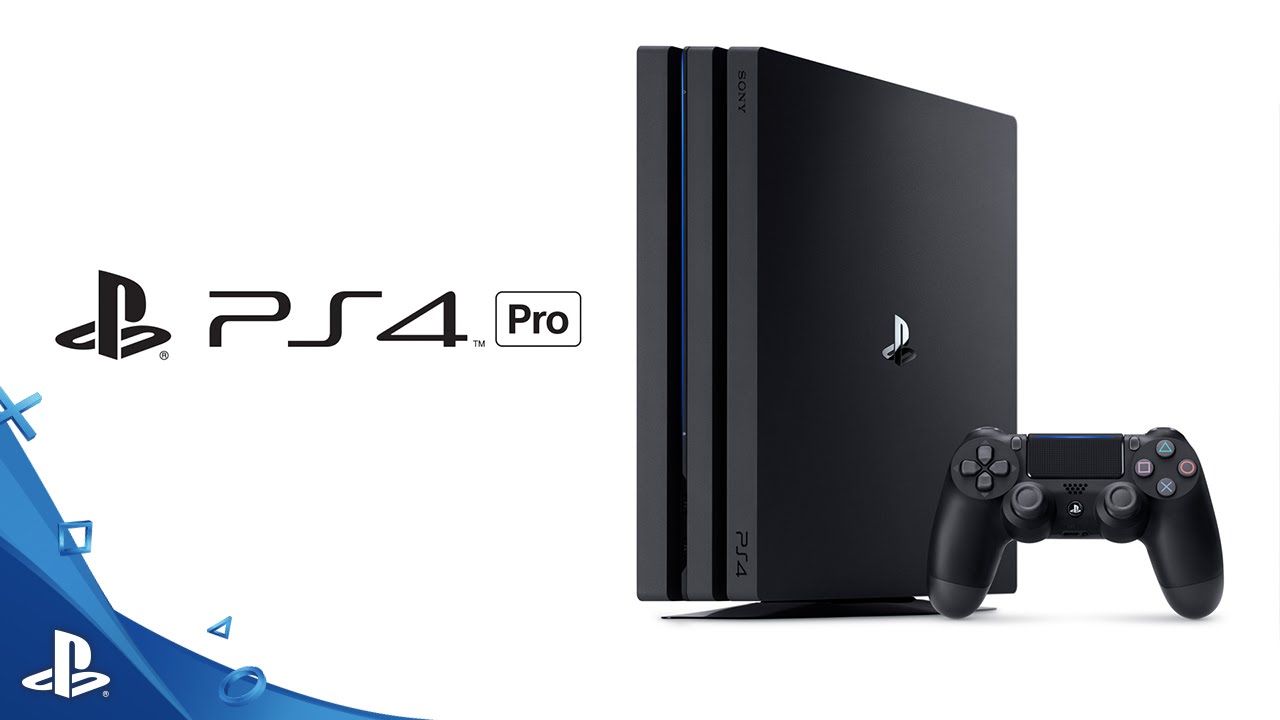Here's how Sony is making sure your existing PS4 games work with the Pro
Don't rock the boat

The PS4 Pro is a console unlike anything that has come before. Sitting halfway between the existing PS4 and a ‘true’ PS5, the new console is essentially a supercharged PS4, and should be a good fit for anyone who’s recently invested in a new 4K TV.
But as well as enabling new graphical bells and whistles, the PS4 Pro also needs to be able to play every single one of the PS4’s existing library of 700 games.
In a recent interview with Eurogamer, Sony’s Mark Cerny has revealed exactly how this has been achieved – through keeping key parts of the Pro identical to the original PS4.
Two PS4 graphics cards taped together
The biggest improvement to the Pro is with its GPU, which has seen its power doubled, as well as a small bump in clockspeed from 800MHz to 911MHz.
It's a process that's reminiscent of the Wii, which was commonly reported to be architecturally the equivalent of two Gamecubes taped together, although whereas this generated scorn, when it comes to a mid-generation upgrade like the PS4 Pro it actually makes a lot of sense.
The relative simplicity of this doubling process means that non-Pro games can easily see half the GPU turned off. "We just turn off half the GPU and run it at something quite close to the original GPU” Cerny explains.
- Need a new 4K TV for the Pro? Check out our guide to the best 4K TVs.
Unfortunately, a similar effect could not be achieved with the CPU without a significant change in architecture. Instead the CPU has seen a less substantial clockspeed improvement of 30% across its eight cores from 1.6GHz to 2.1GHz.
Sign up for breaking news, reviews, opinion, top tech deals, and more.
Rammed
Cerny's talk about the hardware of the PS4 Pro also offered up a few nice surprises, including the fact that the new console will have an additional 1GB of DDR3 RAM, alongside the faster 8GB of GDDR5 RAM.
This is for non-gaming apps, such as Netflix. When you're using them, they will be stored in the GDDR5 RAM - which is how the standard PS4 handles the apps. However, when you swap back to a game, the non-gaming app will be swapped to the slower DDR3 RAM - which means the space it was taking up in the fast GDDR5 memory can be reused for games, which should provide a nice performance boost.
It was also revealed that 512MB of RAM will be utilised for displaying a revamped 4K version of the PS4's dynamic menu, so it should look fantastic on a 4K screen.
It’s an interesting point that Sony doesn’t want to risk any games breaking when played on the PS4 Pro. After all the majority of those 700 games presumably won’t be retested with the new hardware, meaning Sony has to be pretty certain they’ll work without trying out each one individually.
The downside of this approach is that the PS4 Pro doesn't offer quite the same leap in performance as Microsoft's Project Scorpio, but Sony is betting that keeping its new hardware simpler will make it easier for developers to support it.

Jon Porter is the ex-Home Technology Writer for TechRadar. He has also previously written for Practical Photoshop, Trusted Reviews, Inside Higher Ed, Al Bawaba, Gizmodo UK, Genetic Literacy Project, Via Satellite, Real Homes and Plant Services Magazine, and you can now find him writing for The Verge.